Gravity Casting:An Overview
1. What is Gravity Die Casting?
Gravity die casting, also known as permanent mold casting, is a manufacturing process where molten metal is poured into a reusable mold (die) under the force of gravity. This process is ideal for producing high-quality metal parts with excellent dimensional accuracy and surface finish.
2. How Does the Gravity Die Casting Process Work?
The gravity die casting process involves several key steps:
- Mold Preparation: The die is preheated and coated with a lubricant to facilitate the removal of the finished part and extend the life of the mold.
- Molten Metal Pouring: Molten metal is poured into the mold cavity using gravity.
- Cooling and Solidification: The metal cools and solidifies in the shape of the mold cavity.
- Part Removal: The die is opened, and the solidified part is removed.
- Trimming: Any excess material, such as flash, is trimmed away from the finished part.
- Finishing: Additional machining and surface treatments are applied as needed.
3. What Types of Gravity Die Casting Are Available?
There are several variations of gravity die casting, including:
-
Static Gravity Die Casting: The mold remains stationary during the pouring process.
-
Tilt Gravity Die Casting: The mold is tilted to control the flow of molten metal and improve the filling of complex geometries.
4. What Materials Can Be Used in Gravity Die Casting?
Gravity die casting can utilize a variety of metals, including:
- Aluminum Alloys: Lightweight and corrosion-resistant, suitable for intricate designs.
- Magnesium Alloys: Lightweight with good strength-to-weight ratio.
- Zinc Alloys: High strength and ductility, ideal for small and complex parts.
- Copper Alloys: Excellent electrical and thermal conductivity.
- Steel and Iron: For high-strength and durable components.
5. What Are the Size Limitations in Gravity Die Casting?
Gravity die casting can produce a wide range of part sizes, from small components to large, complex parts. The size limitations are primarily determined by the capacity of the casting equipment and the complexity of the part design.
5.1. What Are the Dimensions Accuracy and Roughness in Gravity Die Casting?
Gravity die casting offers high dimensional accuracy and fine surface finishes:
Dimensional Accuracy: Typically within ±0.005 inches (±0.127 mm) per inch.
Surface Roughness: Achievable surface finishes range from 63 to 125 microinches Ra (1.6 to 3.2 µm).
6. What is the Range of Surface Coatings for Gravity Die Cast Parts?
Gravity die cast parts can be finished with various surface coatings to enhance their properties:
Electroplating: Improves corrosion resistance and surface appearance.
Anodizing: Particularly for aluminum parts, enhancing corrosion resistance and surface hardness.
Powder Coating: Provides a durable and decorative finish.
Painting: Adds color and additional protection.
7. What Are the Quality Measuring Methods for Gravity Cast Parts?
Ensuring the quality of gravity die cast parts involves several inspection methods:
Dimensional Inspection: Using precision measuring tools and coordinate measuring machines (CMM).
Non-Destructive Testing (NDT): Techniques such as X-ray, ultrasonic testing, and dye penetrant inspection to detect internal and surface defects.
Material Testing: Chemical and mechanical testing to verify material properties.
Visual Inspection: Checking for surface defects and overall appearance.
8. What Are the Tool Costs for Gravity Die Casting?
Tooling costs for gravity die casting can vary:
Die Creation: The initial creation of the die can be expensive due to the precision required.
Maintenance and Repair: Ongoing costs to maintain and repair the die.
Overall Cost: While initial tooling is high, the cost per part decreases significantly with higher production volumes.
9. What Are the Benefits of Gravity Die Casting?
Gravity die casting offers numerous advantages:
- High Precision: Excellent dimensional accuracy and intricate detail.
- Material Efficiency: Minimal waste compared to other processes.
- Reusability: Durable molds can be used for multiple production cycles.
- Surface Finish: Provides superior surface finishes compared to sand casting.
10. What Are the Applications of Gravity Die Casting?
Gravity die casting is used in various industries, including:
- Automotive: Engine components, transmission parts, and structural elements.
- Aerospace: Structural components and intricate parts.
- Industrial: Machinery parts and tools.
- Consumer Goods: Household appliances and electronic housings.
- Marine: Propellers and other corrosion-resistant parts.
10.1. What Should Be Considered When Choosing Gravity Die Casting?
Considerations when choosing gravity die casting include:
Part Complexity: Ideal for medium to high complexity designs.
Material Requirements: Ensure the material used meets the application’s demands.
Production Volume: Higher volumes can offset initial tooling costs.
Lead Time: The process involves multiple steps, which can affect lead time.
11. How Does Gravity Die Casting Compare with Other Processing Methods?
Gravity die casting vs. other methods:
Investment Casting: Gravity die casting offers faster production rates and is more cost-effective for medium to large parts.
Sand Casting: Gravity die casting provides better surface finishes and tighter tolerances.
Die Casting: Gravity die casting is suitable for lower production volumes and larger parts, while high-pressure die casting is ideal for high-volume, small to medium-sized parts.
12. Why Choose Welleshaft for Your Gravity Die Casting Needs?
Choosing Welleshaft for gravity die casting provides several benefits:
- Expertise: Extensive experience and knowledge in precision gravity die casting.
- Quality Assurance: Rigorous quality control measures ensure high standards.
- Customization: Ability to produce custom parts to meet specific requirements.
- Advanced Technology: Utilization of modern techniques and equipment for superior results.
- Customer Service: Dedicated support throughout the entire process, from design to delivery.
By understanding the intricacies and advantages of gravity die casting, you can make informed decisions for your manufacturing needs, ensuring the best quality and performance for your products.

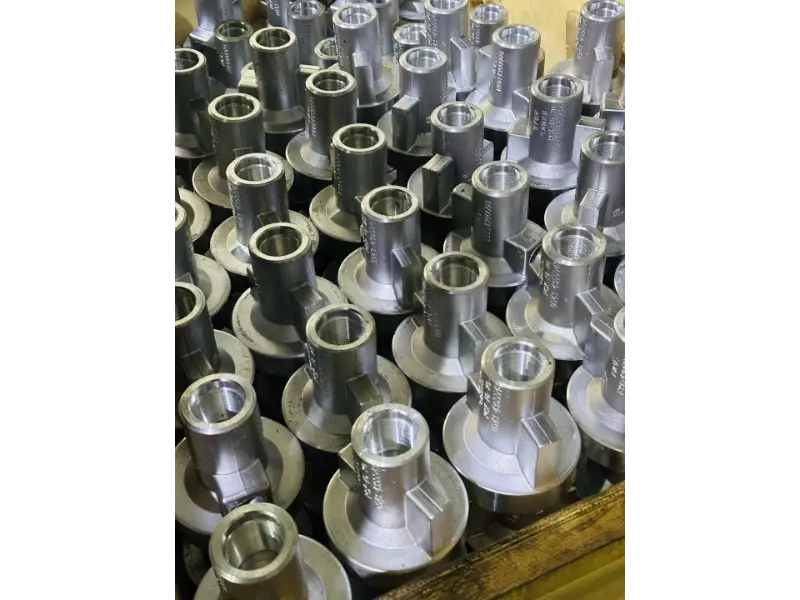
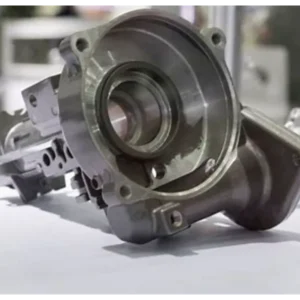
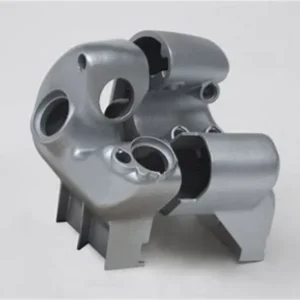
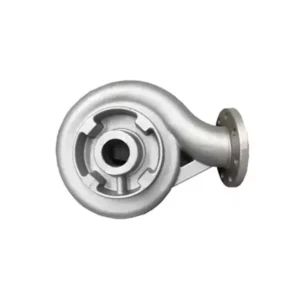
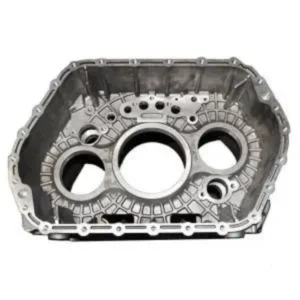
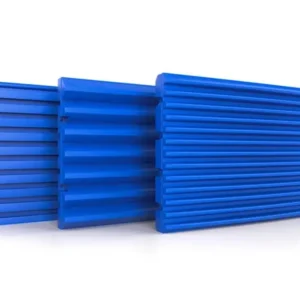
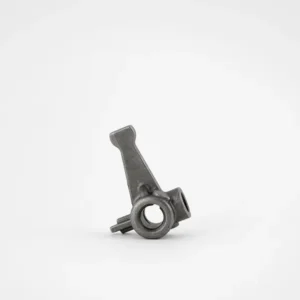
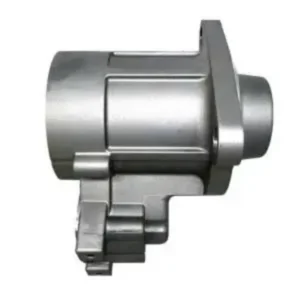
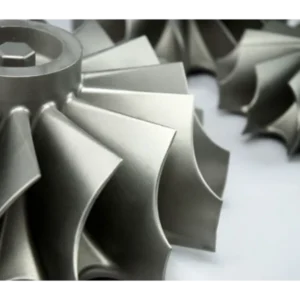
Reviews
There are no reviews yet.